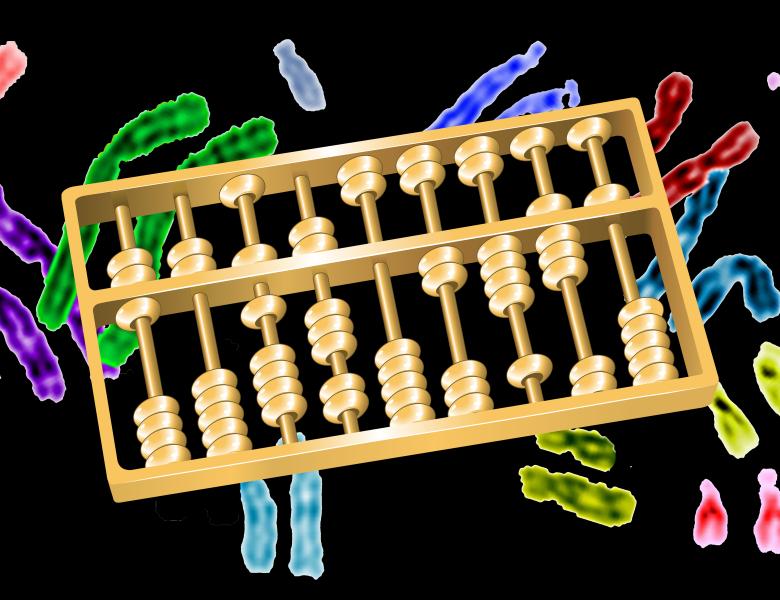One of the most striking outcomes of the cancer genome projects is that tumors of similar types and clinical responses can have patterns of mutations that are strikingly different. Despite these differences, it is becoming very clear that tumor alterations hijack the same hallmark molecular pathways and networks. Thus, a complete vision for cancer precision medicine requires not only genome sequencing, but the ability to interpret these genomes against knowledge of cancer molecular networks. We are developing a range of approaches that use molecular networks to analyze tumors, with the goal of classifying tumors into biologically meaningful subtypes and identifying subnetworks underlying these subtypes. We are also exploring means by which network data can be transformed from flat graphical representations of gene-gene interaction to infer a gene ontology, i.e. the multi-scale hierarchy of components and processes comprising the cell. Recently, we and others have found that a large hierarchy of cellular components can be assembled directly from analysis of molecular networks. These ‘network-extracted’ ontologies, which we call NeXO, closely resemble, and in some cases greatly revise and expand, the literature-curated Gene Ontology. The ability to create data-driven gene ontologies such as NeXO opens the possibility of creating ontology models of the cell that are specific to different cell types and diseases such as cancer.
